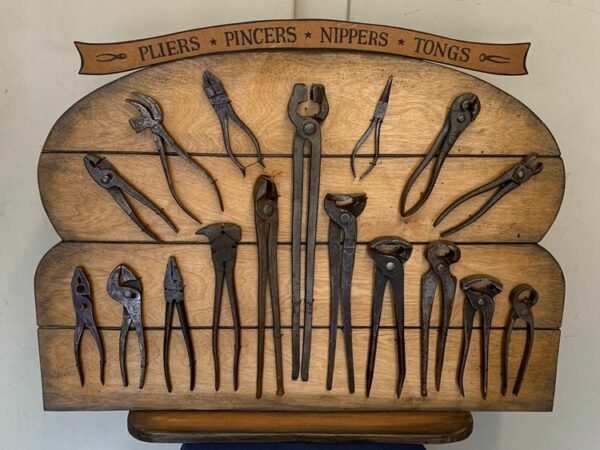There is not a single household, office, or establishment without a chair. It eventually manages to become an inevitable part of the modern lifestyle from the early 1600s. And the simple yet essential piece of furniture has been continuously changing over human requirements.
However, getting your indoor decorated with one or two antique chairs sounds well-worth. But you must need to understand several facts to skip reproductions or scams. That’s where our expert stood to prepare an exclusive in-depth guide on antique chair identification.
Table of Contents
Antique Chair Styles Identification
Notoriously large number of designs get to adorn the years throughout history. And the first step directly concerns the chair styles to sort the period. Let’s get started with the prominent styles from the past.
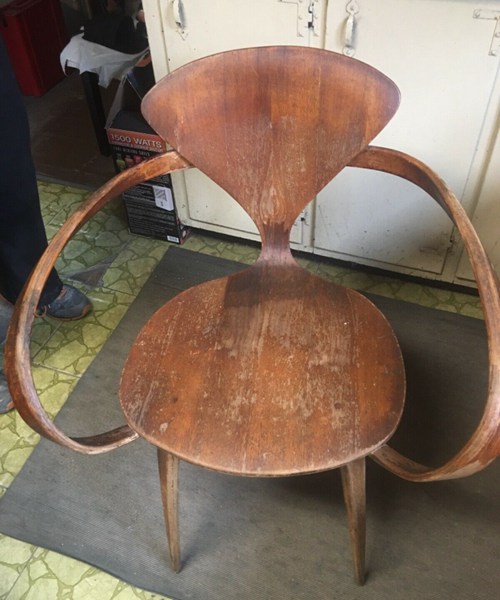
Armchair – Almost everybody understands armchair to feature handles on the sides. However, it’s a colossal category to contain an extensive range of variations. It holds an official or royalty rather than common leisure designs.
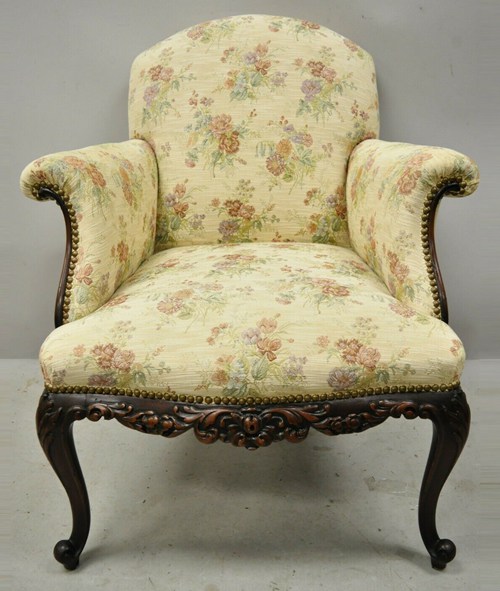
Bergere Chair – An early version of an upholstered chair to have enclosed sides. The seat stands cushioned, large & comfortable with distinctive backs. Meanwhile, the wooden support can induce natural, glided & painted calls.

Chaise Lounge Chair – The French name of the long chair originates to justify its design. Its general concept dates back to ancient Egyptian or Greek times. Variations may include – the récamier, the duchesse brisée & the méridienne
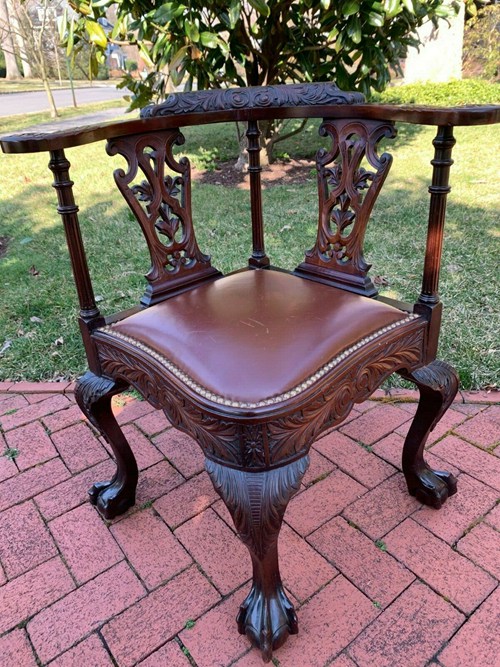
Corner Chair – Diagonally situated armchair featured a square-sized seat to fit narrow corners. There are three legs on the sides with a raised back past the seat. And the luxurious style intentionally ended up in a curved top rail.
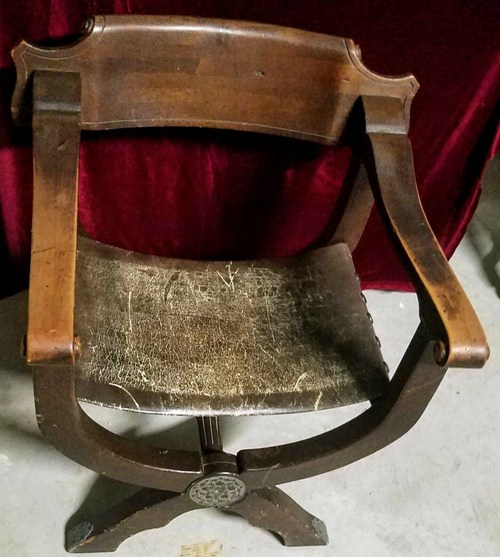
Curule Chair – It’s more like a cross-based chair to resemble the early designs of stool. Built-in curved legs appeared in the shape of two coincided U’s. The 6th-century roman style influenced American Empire as well as modern chairs.
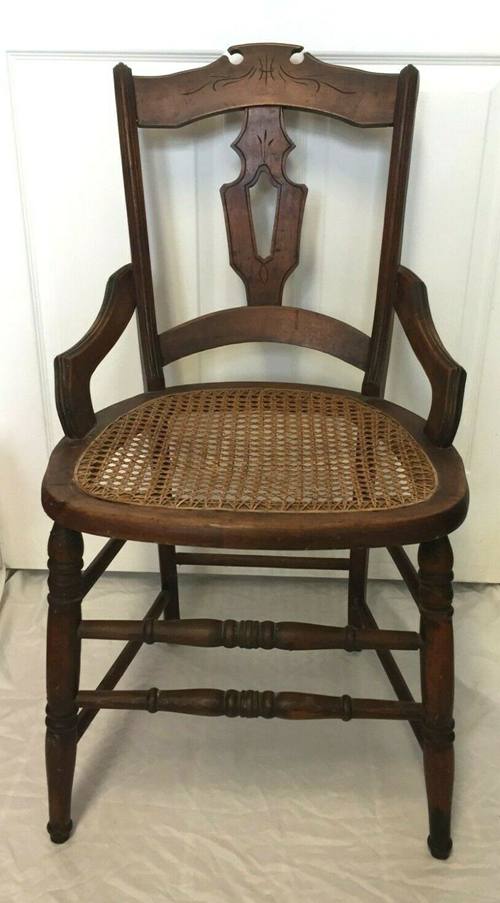
– Extremely geometric design stands to counteract the Rocco style. Strong, definite & rectangular lines included natural motif carvings. Softening plush upholstery is often integrated with holding arms for comfort.

Fauteuil Chair– The upholstered armchair actually originated in France to integrate open sides. The style combines preferable specs like lightweight, grace & ornate. It was produced during the French reigns of Louis XIV & Louis XV.
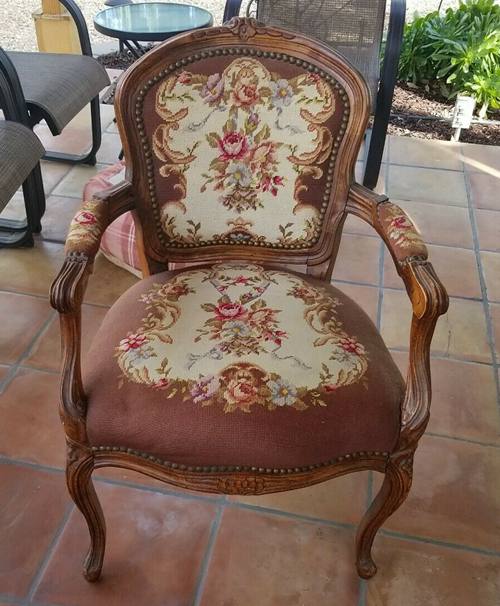
Hepplewhite Chair – The enduring style managed to become popular in the 1790s. Graceful lining met either shield or oval back to include veneers & inlaid designs. Satinwood or mahogany base comes with arm/armless appeal.
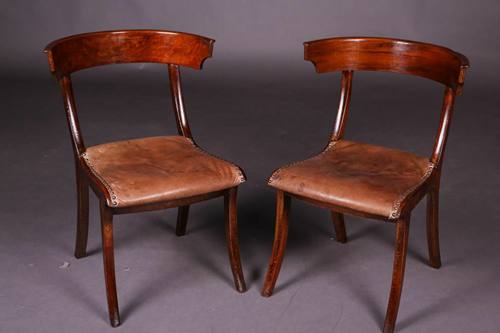
Klismos Chair – The lightweight side chair featured flaring away front & back sets. Actual concept dates back to 5th-century Greek time to revive in the 1800s. A decorative horizontal panel divides Its completely open back.
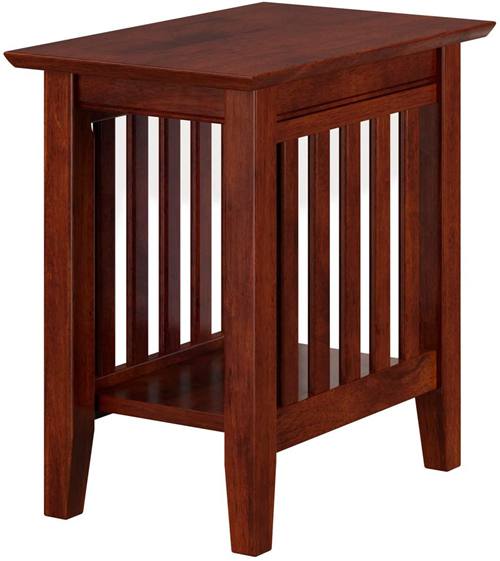
Mission Chair – It came into the light in the 19th century in repose to the Victorian era’s ‘fussy’ styles. The design held simple vertical wood slates in geometric shapes. Heavy legs with cleaner lines often supported the upholstery.
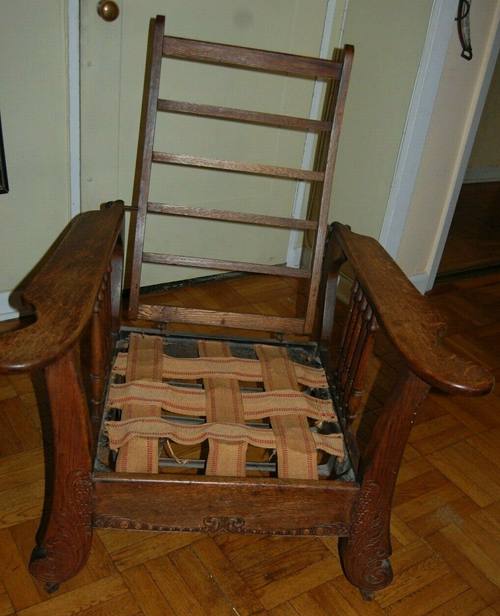
– The predecessor of modern recliner combined large space, deep seat & customizable high back. It even held bow arms with supporting slatted sides. Designer William Morris started to market the chairs in the 1800s.
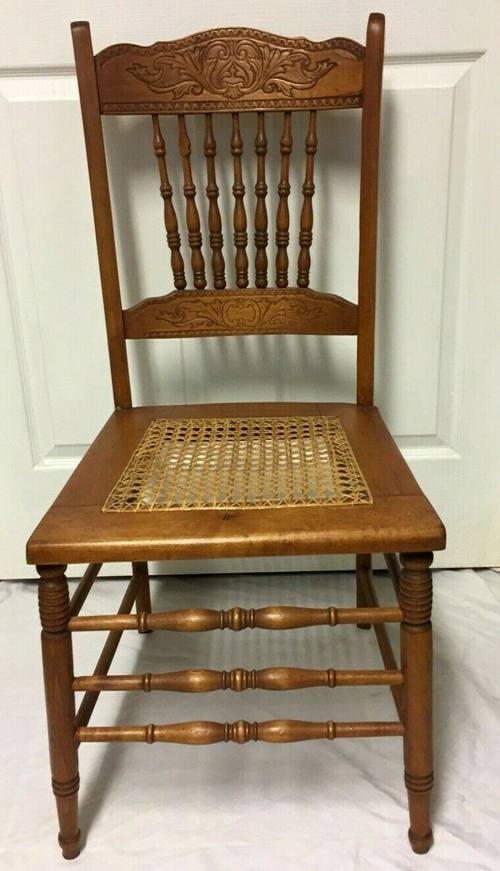
Press-Back Chair – Elaborate designs adorned animals, florals & mythological creatures. Etching into a metal plate requires pressing into the wood instead of carvings. The caned or wooden seat may/may not have holding sidearms.

Rococo Revival Chair – The movement literally consumed parlor furniture styles. The wood held delicate carvings with polished rosewood, walnut, or mahogany. It’s possible to manage the glided chairs in a full set for the right price.
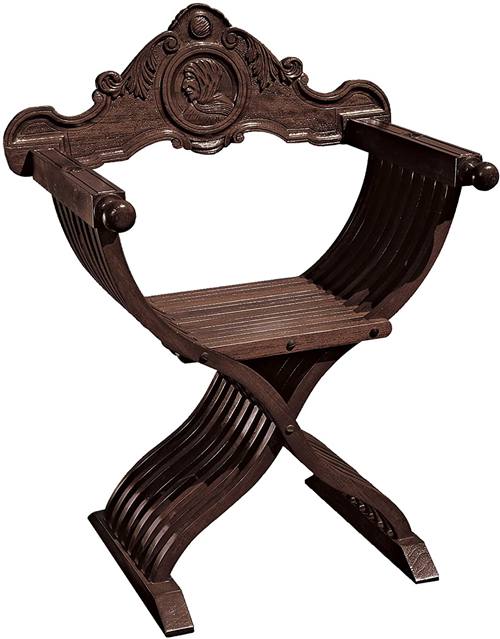
Savonarola Chair – The silhouette of wavy X was actually a prototype folding version curule. The variation was reasonably large with matching weight. Poor portability with tight-fit space made it difficult to attend much popularity.

Shaker Chair – Its name originated from the Protestant sect to believe in Christ’s 2nd A slat-back side chair or shaker rocking chair should suffice the style. And the category explicitly dominated America in the mid-1800s.

Sheraton Chair – Rectangular backs integrated contrasting veneer inlays. Light wood color matched highly polished finishing with/without delicate painting. Its elaborate specs even assembled simple, strict, straight legs on the joints.
Wingback
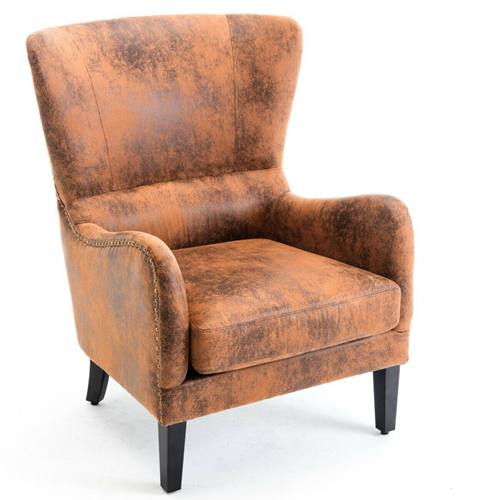
Chair – The upholstered armchair featured a taller back with angled side panels. Meanwhile, the closed arms ended up in a classic roll. In the 17th century, England developed the style to enable comfort with insulation.
Still, there are too many styles worth checking for purchase. The list keeps going with many rare, useful & eye-catching designs from different cultures. It can include – Fancy, Fiddle-Back, Gondola, Hitchcock, Hogarth, Ladder-Back, Ribbon-Back, Slipper & Writing-Arm.
Antique Chair Designs through History
Also, you should know the particular periods to define the antique chair styles. It should help you to determine the chair age regarding authenticity.
1. Early Antique Chairs from the 1600s & 1700s
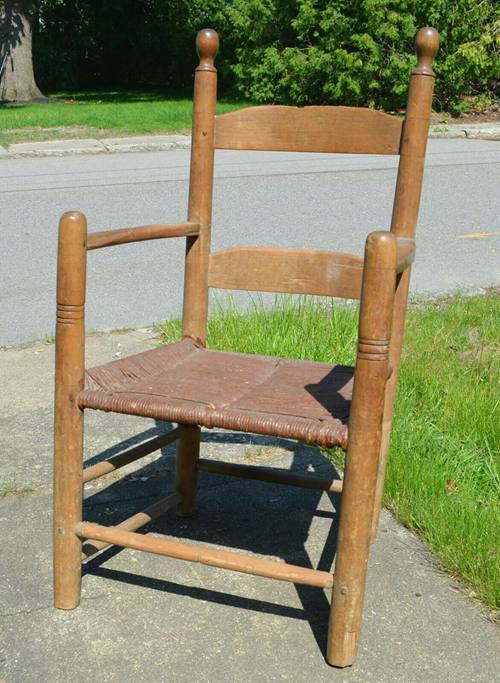
Boxy-shaped chairs were exclusive in wealthy families only. Common people had to rely on backless benches or simple stools. Substantial design had a heavy frame with elaborate carvings.
2. Queen Anne Chairs from the 1700s to 1900s
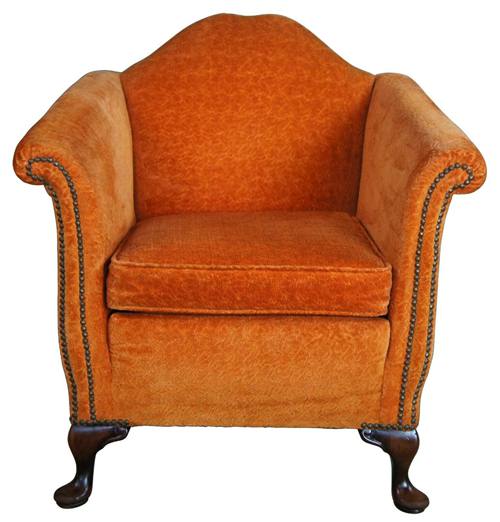
Upholstery frame eased full cushion dependence for relaxation. It left a magnificent influence on the upcoming designs. Also, there were attached wings to prevent sitting drafts.
3. Windsor Chairs from Early 1700s to 1900

Slender design featured straight spindles with a straight/curved back. Its base accommodated a hoop to incorporate the arms. And the popularity continued for 200 years among commoners.
4. Chippendale Chairs from 1750 to 1830s

Thomas Chippendale remains one all-time pioneering designer. Simplified design integrated elegance with lyre-patterned frame. Geometric shapes for the legs often adorned foreign designs.
5. Spindle Back Chairs from the 1800s

The classic chair literally dominated the rural areas. Multiple spindles held the singular horizontal slat right on the back’s top. However, many frames are available with turned spindles.
6. Victorian Chairs from 1850 to 1900
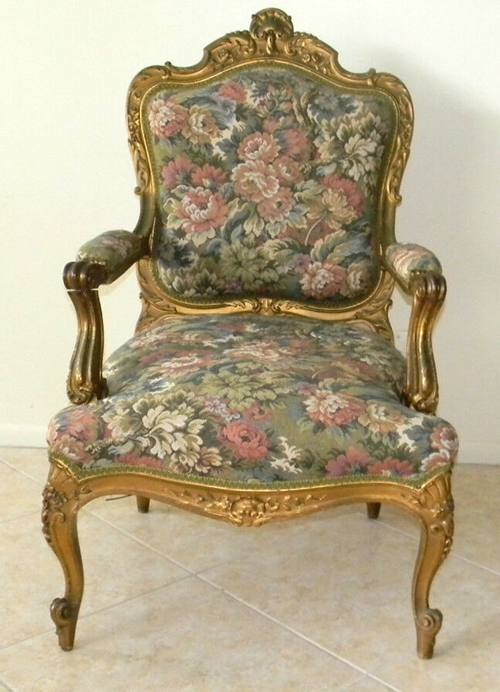
Actual range may count limitless with too many viable variations. It produced glided pieces and upholstered armchairs. And its ‘bustle back’ version held popularity among the females.
7. Art Deco Chairs from 1915 to 1930s
It defined a radical departure from the classic Victorian style. Sleek designs met geometric shapes with strong, modern lines. But the period couldn’t last much longer to affect the upcomers.
8. Mid-Century Chairs from the 1940s to 1960s
And the following period managed to induce further extremity in design. It deliberately defined the modern-day frameworks. Sleek metal & space-age plastics started to receive attention.
Establishing the exact age or finding the right style is pretty challenging with chairs. And there are nice dynamic presentations available for clarity. Check the details from Value My Stuff’s Aging or Antique Chair Types on YouTube.
Confirmation of a Chair’s Antiquity
It’s rather simple to make a chair reproduction or marriage within minimal cost. And conforming a chair’s true antiquity requires elaborate inspection. That’s where you must pay attention to every detail to skip the scam.
Too many variations should add more trouble to the understanding. Keep yourself busy with all the online as well as offline resources. Even the slightest fact can save your precious investment from going in absolute vein.
Check the details closely to find any particular distortion in the framework. Visible perfection on the joinery should reveal its recent-time reproduction. Don’t forget to look into the wooden material with its imposed finish.
Make a desperate attempt to trace the manufacture details on the chair. Appoint an appraisal in case of confusion or misunderstanding issues. Observe the cushion to detect anything modern or too smart for classics.
There remains a fine line between antiques with modern yet torn-apart chairs. Be careful with the evaluation process to skip the invalids, not old ones. Contact the relevant experts or consultants to ensure its absolute antiquity.
Free online resources can immediately relieve you from anxiety. Abundance of the antique piece also comes with many relevant articles. However, better check videos like
How to Value a Genuine Antique Chair
The actual value counts many interdependent factors, especially concerning antique chairs. And it’s impossible to idealize the value without knowing the details.
It remains a challenge for everyone to get the perfect option at a matching price. You better settle for a scientific approach to evaluate the approximate expense.
Note down everything on the chair to depict the detail. Pay attention to the lining, joinery, legs, seat & back. Also, closely inspect the hidden part under the seat.
Attend the garage sales, nearby antique shops, online auction & e-commerce sites to get ideas. Make sure to deal with authentic antiques only, not anything else.
Almost every major site offers a minimal number of antique chairs for sale. Take your time to explore every point before appointing a potential appraisal.
There are some informative video tutorials to check antique chair valuation. You can start with Antique Chair Value Secrets or Valuing Tricks from Dr. Lori.
Final Words
Conquering the obstacles isn’t easy with antique chairs to possess an interesting timeline. You must know every plausible detail of the framework to confirm authenticity. And the aforementioned discussion can surely polish your knowledge on the subject.
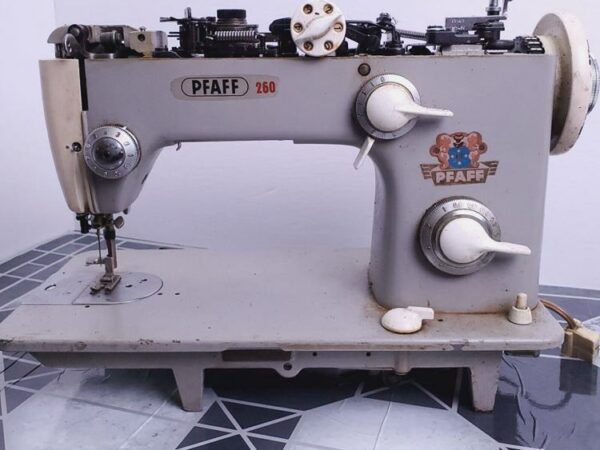

![Vintage Medicine Cabinet Styles Guide [With Pictures]](https://www.txantiquemall.com/wp-content/uploads/2021/12/Vintage-Medicine-Cabinet-Styles-Guide-600x450.jpg)

